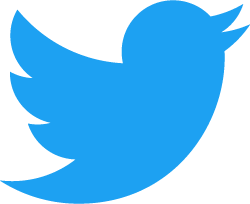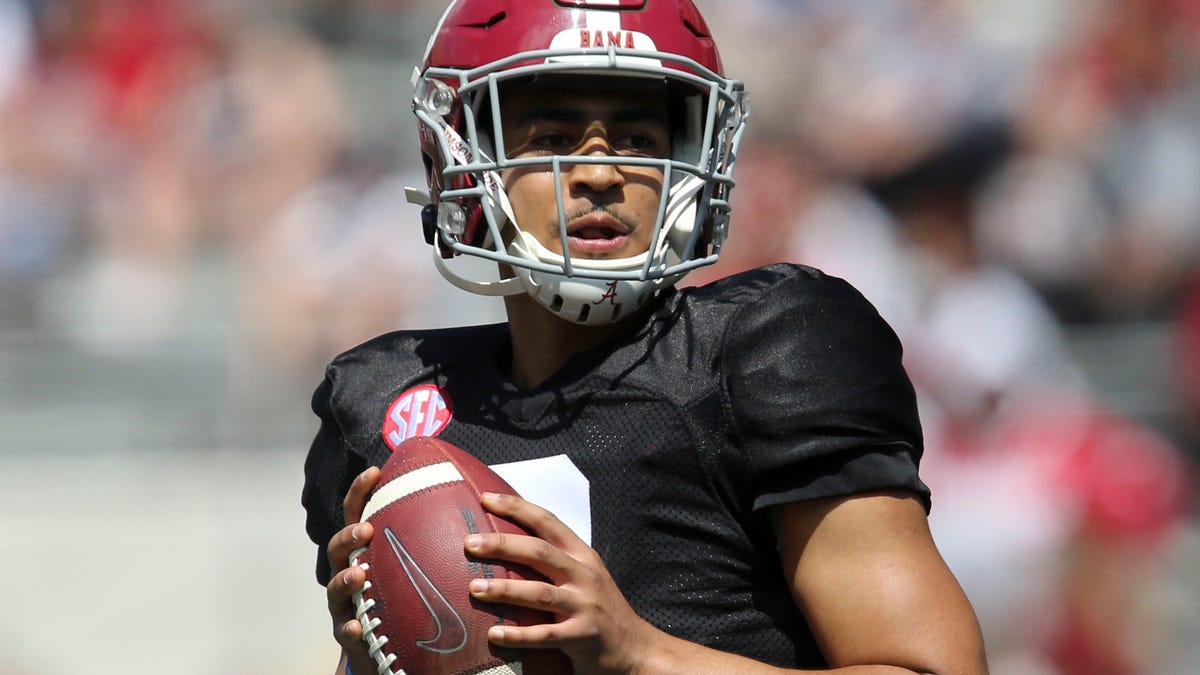B
Bama News
College athletics is about to change forever, and there is no clear indication of what NIL's impact will be | Hurt
College teams like Alabama are about to play ball with laws allowing players to profit from their name, image and likeness taking effect on July 1.
The day that will change intercollegiate athletics forever is coming next week, with laws allowing college players to profit from their name, image and likeness – known as NIL – taking effect on July 1.
The immediate problem is this: The general response from the NCAA, right down to the ground level at the institutions, is paralysis. Particularly since a 9-0 drubbing when the ruling on Alston vs. NCAA came down from the Supreme Count, every governing body, every conference, every school, is petrified about what course of action to take. The ruling itself was narrow, and mainly provided that schools must provide certain benefits that most schools are already providing.
But the tenor of the opinion, if it didn’t actively encourage sweeping lawsuits on every possible restriction, certainly did nothing to discourage a plaintiff’s attorney from heading to court on every issue.
The University of Florida released a set of guidelines on how it intends to comply with its state NIL law, which takes effect next week. Alabama is likely to release guidelines soon, although they might be different from Florida’s because the two state laws have different provisions.
Two key provisions in the Florida guidelines do seem to cut directly to the crux of name, image and likeness as a recruiting tool.
“The University of Florida, the athletic department, staff members or boosters may not compensate or arrange compensation to a current or prospective intercollegiate athlete for her or his name, image, likeness.
“Compensation may not be provided in exchange for athletic performance or attendance at the University of Florida.”
The Alabama law appears to be less restrictive of boosters than the Florida law is, and might preclude Alabama or Auburn from adopting an identical policy. Normally, the SEC tries to have its 14 member institutions sing in such strict harmony that the Moonglows would blush.
But now we are talking about a 10-state footprint, with different laws (or no NIL laws at all) and no firm guidance from the NCAA as it girds itself for more litigation. Certainly the league’s coaches and institutions want to see athletes compensated fairly while avoiding a free-market free-for-all. But if the SEC can’t even come to a league-wide policy, how can it find uniformity with other major conferences, call them. If they can’t agree, what’s to stop other leagues or other independent institutions from saying “we don’t read it that way” and letting their boosters off the leash?
ESPN’s Jay Bilas, the most prominent of its analysts on the issue, says there is only one way to avoid more years of legal trouble and uncertainty: toss the rule book into the fire.
At that point, a football coach becomes a general manager with two main responsibilities. First, who are the players who get the 85 scholarship spots, assuming that rule doesn’t go out the window as well? Second, who watches the watchmen? The NCAA can’t do it. Even in the last area where it should have some power thanks to its control over its billion-dollar basketball tournament, the enforcement staff seems to have abdicated any responsibility.
Nick Saban might be one coach with the power to tell a booster who is paying a player $100,000 that the kid isn’t good enough to play, but not every coach is going to have that sort of gravitas. The Florida guidelines say that NIL compensation should be tied to “fair market value,” but what determines that value aside from what an NIL firm or a successful squash farmer is willing to pay?
Perhaps in a couple of weeks, this won’t be a constantly-revisited topic. There will be SEC Media Days and players reporting and all the things that fans want to talk about. But ignore it or not, the New Era is here and Alabama, which has stayed on top through other eras, will have to navigate it.



